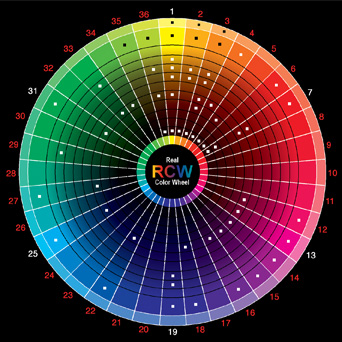How does the color of a balloon effect how fast a red laser can pop it? I Am thinking that the darker colors that are farther away from red on the color wheel will be popped fastest.
e.x.
The fastest to pop will be green, black, purple, blue,
and yellow, orange, and red balloons will not pop at all
e.x.
The fastest to pop will be green, black, purple, blue,
and yellow, orange, and red balloons will not pop at all








